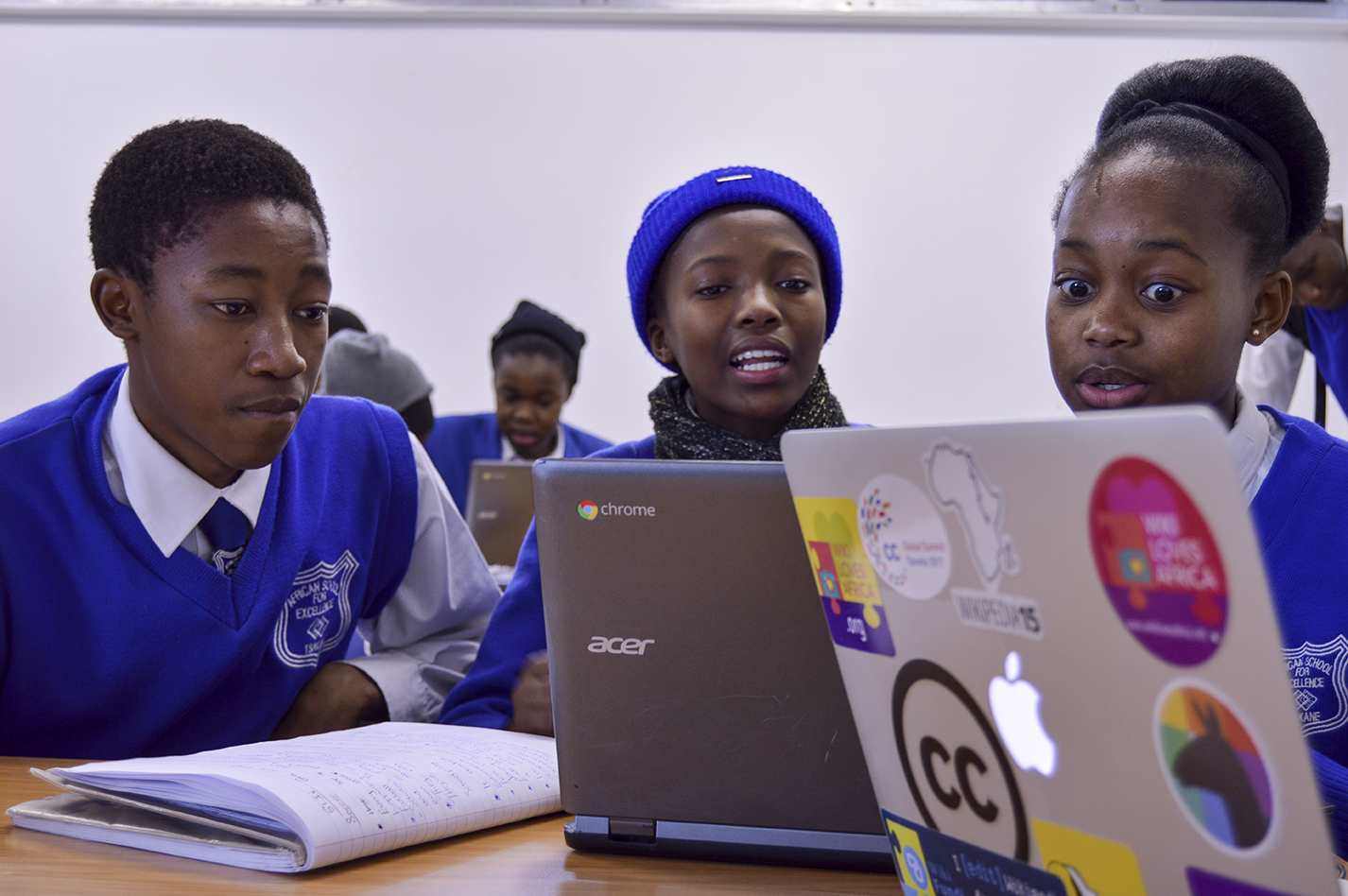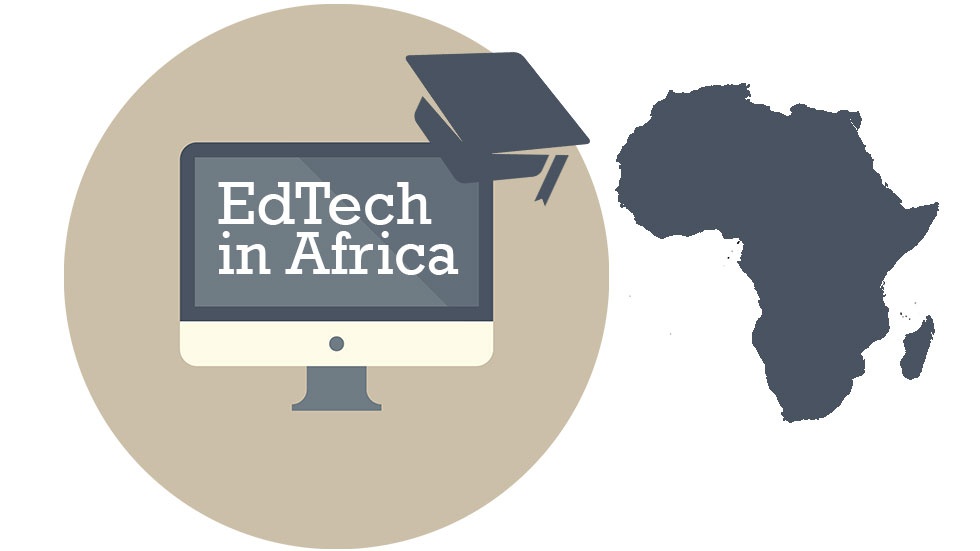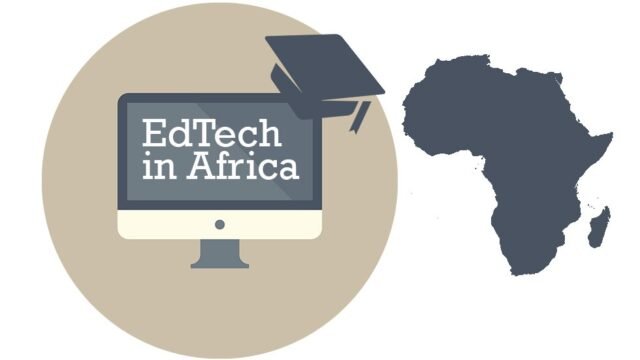When the COVID‑19 pandemic struck in 2020, more than 250 million African learners were suddenly shut out of classrooms. Unlike in many developed nations, most countries in sub‑Saharan Africa lacked the infrastructure, devices, and bandwidth to support full online learning. Yet that crisis became a spark: it forced governments, nonprofits, and startups to adapt swiftly, and proved that EdTech in Africa was no longer optional but essential.
Table of Contents

Early pioneers and scalable innovation
Before school closures, innovators had begun reshaping learning models. Kenya’s Eneza Education delivered curriculum content via SMS to remote learners without smartphones. South Africa’s Siyavula offered AI‑enhanced open textbooks tailored to local curricula. Nigeria’s uLesson produced interactive video lessons and quizzes aligned with West African school exams. These early projects demonstrated that EdTech could go beyond digitising textbooks—it could rethink learning entirely to suit Africa’s diverse realities.
Spotlight on standout platforms
uLesson (Nigeria)
Founded in 2019 by Sim Shagaya, uLesson began by distributing learning content via SD cards and USB drives before launching its mobile app in early‑2020. It now serves Nigeria, Ghana, Sierra Leone, Liberia, and Gambia with video lessons, quizzes, and exam prep tools. The company raised significant capital—$7.5 million in Series A and $15 million in Series B during 2021—and later launched Miva, Nigeria’s first licensed online university.
Afrilearn (Nigeria & beyond)
Also founded in 2019, Afrilearn offers animated lessons, class notes, and coding modules for primary and secondary students. Its platform includes prep tools for WAEC, NECO, JAMB and BECE exams. Its “Learn‑and‑Earn” model encourages student engagement and has drawn accolades like the UNICEF Innovation Fund in 2022.
STEMulator (South Africa)
Launched in July 2020 under the South African National Science and Technology Forum, STEMulator provides a virtual world of interactive STEM content aligned to the national curriculum. In 2024 it expanded distribution to 150 rural schools via offline USB modules—then added its “virtual school” feature. It is a model of blended EdTech in action.
Camara Education (across Sub‑Saharan Africa)
Founded in 2005, Camara refurbishes donated IT equipment and delivers digital learning centres, educational software, and teacher training in Ethiopia, Kenya, Zambia, and Tanzania. In 2025, it began integrating AI‑powered learning tools to boost digital literacy and active learning.

Emerging breakthroughs: AI tutors and chatbots
A wave of AI‑powered tools is reshaping teaching support and student outcomes:
- In Ghana, Rori, an AI chat tutor run via WhatsApp for grades 3–9, helped nearly 1,000 students across 11 schools over eight months, delivering a math learning gain of 0.37 standard deviations—statistically significant improvement given the minimal bandwidth required.
- A generative AI pilot in Nigeria, delivered over six weeks, led to learning gains equivalent to nearly two years in English, AI knowledge, and digital skills—an impact statistically outperforming 80% of comparable global interventions.
- In Sierra Leone, TheTeacher.AI, a chatbot for 193 teachers across 122 schools, supported lesson planning and classroom management. Its sustained adoption highlights how generative AI chatbot systems can empower educators in low‑resource settings.
These tools show that EdTech in Africa is evolving from passive content delivery to interactive, adaptive tutoring and coaching systems.
Innovation meets entertainment: gamified EdTech
A striking example is GameClass, partnering with NASEF Africa to introduce video game–based education to 200 schools. By 2025, the platform expects to reach over 10,000 students in 500 schools. Students learn through interactive game play, AI‑driven analytics, and assessments embedded within gameplay—blending entertainment and learning in a powerful way.
Infrastructure gains and immersive experiences
- In Uganda, Mbale Senior Secondary School launched a smart classroom initiative, equipping classrooms and labs with laptops, projectors, and smart podiums in collaboration with Korea’s KOICA. This ICT‑convergence project aligns with Uganda’s new ICT curriculum for lower‑secondary students.
- In Kenya, private schools like Brookhouse and Mcedo Beijing School experimented with virtual reality (VR) headsets to immerse students in science and history lessons. Alongside, new device‑assembly factories (e.g., in Konza Technopolis) and satellite internet access (e.g., Starlink) are improving hardware availability and connectivity nationwide.
Policy, data, and inclusivity: systemic enablers
Organisations like eLearning Africa have generated crucial analysis and guidance through regular reports on gender equity, connectivity, gamification, blockchain, and open educational resources across African EdTech ecosystems. The African Union’s Digital Transformation Strategy (2020–2030) explicitly incorporates EdTech scaling, while international partners like the World Bank and UNESCO are funding open‑access resources, investment in broadband, and teacher capacity building.
Obstacles remain—but innovation thrives
Despite the momentum, significant challenges persist:
- Connectivity and device access remain inconsistent, especially in rural areas.
- Data and mobile internet costs are prohibitively high in many regions.
- Digital literacy gaps among teachers, parents, and students slow effective adoption.
- Cultural resistance continues in some communities where traditional learning systems prevail.
- Content relevance and localisation remain missing in many platforms, lacking versions in local languages or alignment to national curricula.
Yet progress continues, driven by inclusive design and shared ownership. Tools like Camara’s locally run hubs, Afrilearn’s free revision modules, and SMS‑based platforms for feature phones underscore that EdTech in Africa can succeed when it’s context‑appropriate, affordable, and trusted.
Impact on classrooms today
Teachers are no longer mere content deliverers—they’re curators, facilitators, and coaches. Students engage with interactive content, review analytics dashboards, and learn at their own pace. AI tools support personalised remediation while lessons adopt hybrid methods: digital modules followed by teacher‑led discussion or in‑person support. Smart classrooms foster collaboration and critical thinking rather than rote memorisation.
In rural and underserved schools, even offline USB kits and simple smartphones can open doors to STEM learning, exam prep, coding, and digital literacy. These tools don’t replace teachers—they amplify them.
Looking ahead: scale, equity, and sustainability
By 2035, analysts estimate the African EdTech market could exceed $20 billion—a sign both of scale and investment opportunity. But long‑term success demands:
- Government integration of EdTech into formal curricula and accreditation systems.
- Continued affordable access to devices, power, and broadband.
- Ongoing teacher and community training to deepen adoption and confidence.
- Localisation of content in multiple languages and contexts.
- Maintenance of tools and data‑privacy safeguards.
If such systems are strengthened, EdTech in Africa may deliver more than faster learning—it may help a generation gain job‑relevant skills, empower teachers as professionals, and reshape whole learning ecosystems.

Why this matters
This surge in EdTech in Africa is not just about apps and platforms—it is fundamentally transforming how classrooms function, students learn, and teachers teach. It signals a shift from passive lecturing toward active, personalised, and equitable education delivery. For a continent with one of the fastest‑growing youth populations, this transformation is more than innovation—it could be the bridge to opportunity and prosperity.
With continued support, strategic partnerships, and thoughtful design grounded in local needs, EdTech in Africa promises a future where learning is inclusive, adaptive, and scalable.
Join Our Social Media Channels:
WhatsApp: NaijaEyes
Facebook: NaijaEyes
Twitter: NaijaEyes
Instagram: NaijaEyes
TikTok: NaijaEyes
READ THE LATEST EDUCATION NEWS





